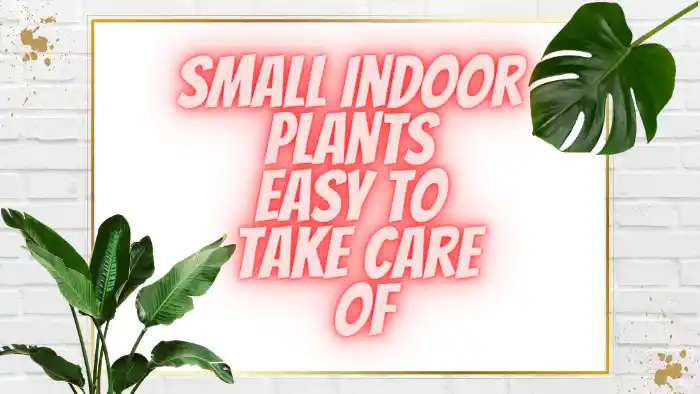Indoor jasmine plants are renowned for their sweet and intoxicating fragrance, which can fill your home with a sense of tranquility and relaxation.
With their delicate white blossoms and glossy green leaves, they add a touch of elegance to any room.
Whether you’re a seasoned gardener or just starting, cultivating an indoor jasmine plant can be a rewarding experience that brings the beauty of nature indoors.
Choosing the Right Jasmine Variety for Your Home
There are several jasmine varieties available, each with its own unique characteristics.
The most popular choices for indoor cultivation include Jasminum sambac (Arabian jasmine) and Jasminum polyanthum (pink jasmine).
Consider factors like the plant’s size, growth habits, and fragrance intensity when selecting the perfect jasmine variety for your living space.
Setting the Stage: Ideal Growing Conditions
Creating the right environment is crucial for the success of your indoor jasmine plant.
These plants thrive in bright, indirect sunlight, making them well-suited for placement near a south- or west-facing window.
Maintain a consistent temperature range between 60°F to 75°F (15°C to 24°C) to ensure optimal growth.
Planting Your Jasmine: Step-by-Step Guide
Planting your jasmine correctly sets the foundation for its growth.
Gently remove the plant from its nursery container, loosen the roots, and place it in the new pot at the same depth it was before.
Fill with soil, water thoroughly, and allow excess water to escape through the drainage holes.
Nurturing Your Plant: Watering and Feeding Tips
Allow the top inch of soil to dry before watering again, and ensure that the pot has good drainage.
During the growing season, feed your indoor jasmine plant with a balanced liquid fertilizer every 4-6 weeks to promote healthy growth and abundant blooms.
The Art of Pruning: Shaping and Enhancing Growth
Pruning helps maintain the shape of your indoor jasmine plant and encourages new growth. After the flowering season, trim back any dead or overgrown branches.
Pinching off spent flowers also redirects the plant’s energy toward producing new buds.
Dealing with Common Pests and Diseases
Like any plant, indoor jasmine is susceptible to pests and diseases such as aphids, whiteflies, and powdery mildew.
Regularly inspect your plant for signs of infestation, and promptly treat it with natural remedies or insecticidal soap to keep your jasmine healthy.
Propagation Made Easy: Growing Jasmine from Cuttings
Propagating indoor jasmine is a cost-effective way to expand your plant collection.
Take stem cuttings in the spring or early summer, dip them in rooting hormone, and plant them in a well-draining soil mix.
Keep the cuttings in a warm, humid environment until they establish roots.
Showcasing Your Plant: Creative Display Ideas
Incorporate your indoor jasmine plant into your home decor with creative display ideas.
Place it in an elegant ceramic pot on a windowsill, hang it in a decorative macramé hanger, or let it climb a trellis for a captivating vertical garden effect.
Jasmine’s Role beyond Ornamental Value
Beyond its visual appeal and fragrance, jasmine holds cultural and symbolic significance in various cultures.
It has been used in perfumery, tea-making, and religious ceremonies for centuries, making it a plant that transcends mere ornamentation.
Health and Wellness Benefits of Jasmine
Jasmine’s enchanting aroma isn’t just pleasing to the senses; it also offers potential health benefits.
The scent of jasmine is believed to reduce stress, anxiety, and depression, promoting a calm and positive atmosphere.
Bringing Fragrance into Your Home: Aromatherapy with Jasmine
Harness the power of aromatherapy by using jasmine essential oil to create a relaxing ambiance at home.
Diffuse the oil or add a few drops to your bath to enjoy its mood-enhancing and soothing effects.
Conclusion
Indoor jasmine plants combine beauty, fragrance, and therapeutic benefits, making them an excellent addition to any living space.
With a bit of care and attention, you can enjoy the captivating scent and elegance of jasmine right in your own home.
So why wait? Embark on a journey of nurturing and delight by bringing an indoor jasmine plant into your life.
Frequently Asked Questions (FAQs)
Can I grow jasmine indoors if I don’t have a green thumb?
Absolutely! Jasmine plants are relatively easy to care for, and with the right guidance, even beginners can successfully cultivate them.
How often should I prune my indoor jasmine plant?
Pruning is typically done after the flowering season. Trim back any dead or excessive growth to maintain its shape and encourage new blooms.
Is jasmine tea made from indoor jasmine plants?
Jasmine tea is traditionally made using jasmine-scented green tea, where the scent is imparted through layers of jasmine blossoms during processing.
Can jasmine oil be used for massage purposes?
Yes, jasmine oil is often used in aromatherapy massages for its relaxing and mood-lifting properties.
I am a Horticulture graduate and passionate gardener with expertise in identifying, growing, and caring for plants, trees, and seeds. With a focus on sustainable practices, they aim to promote environmental awareness and appreciation for the natural world.








